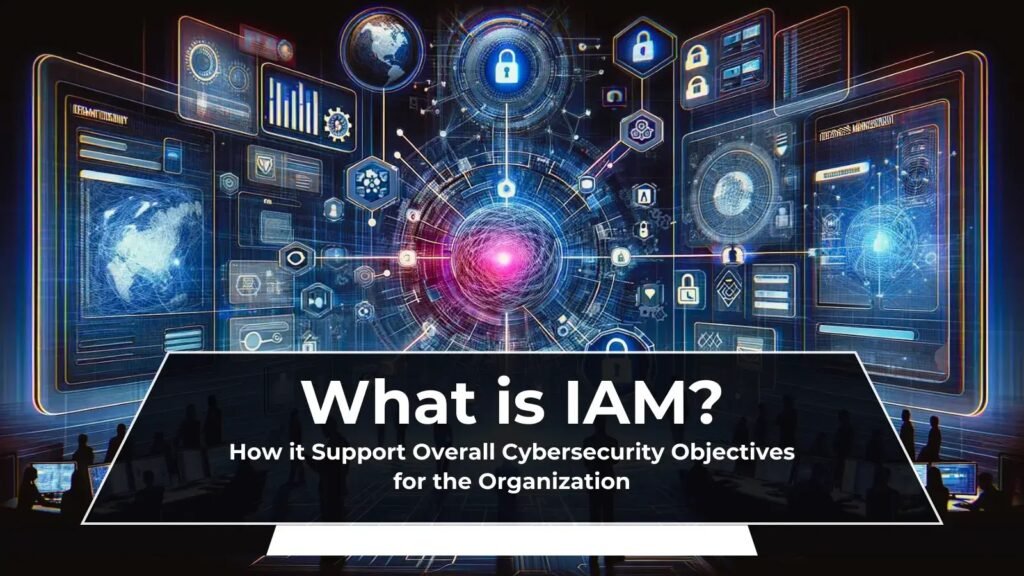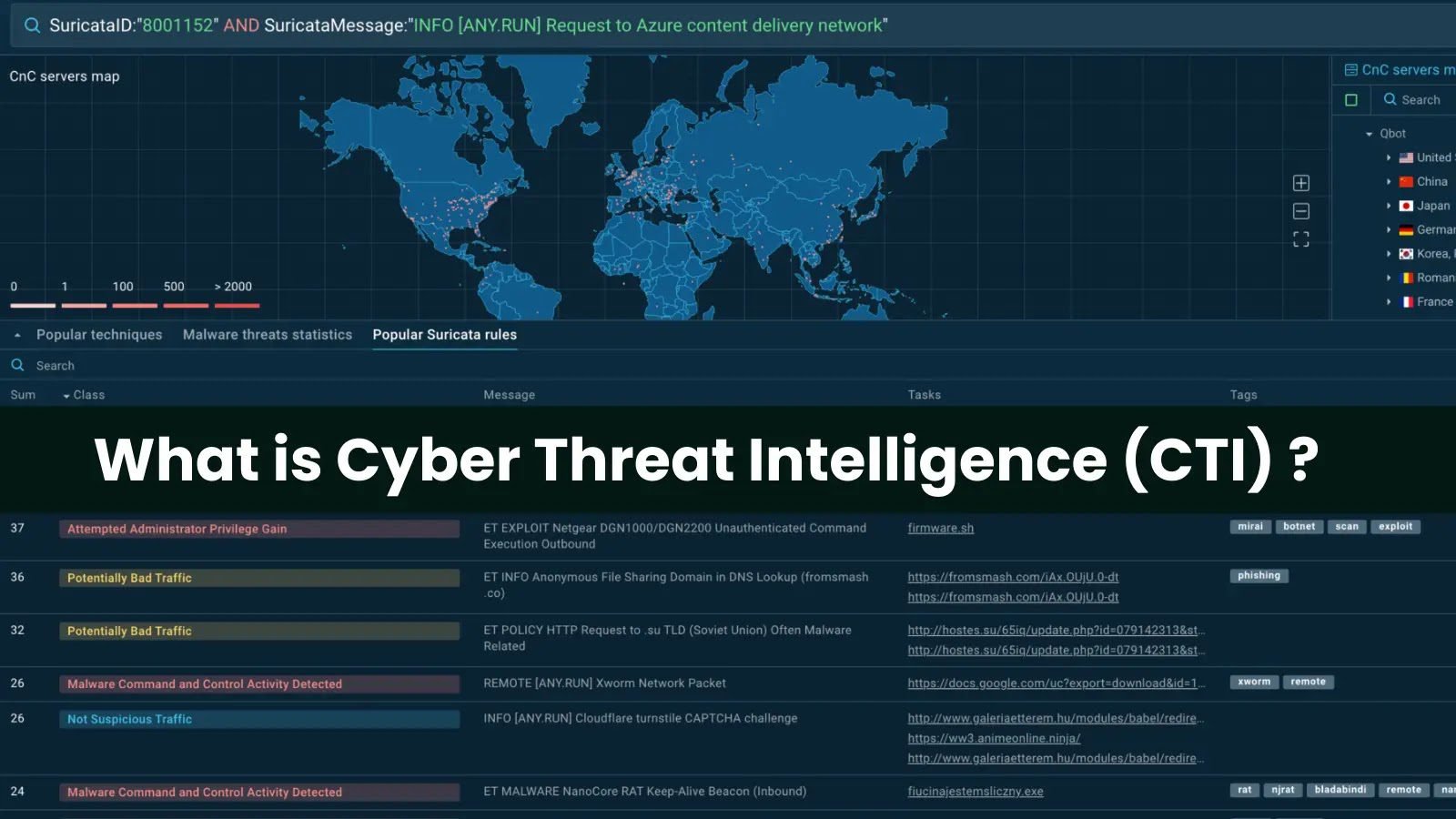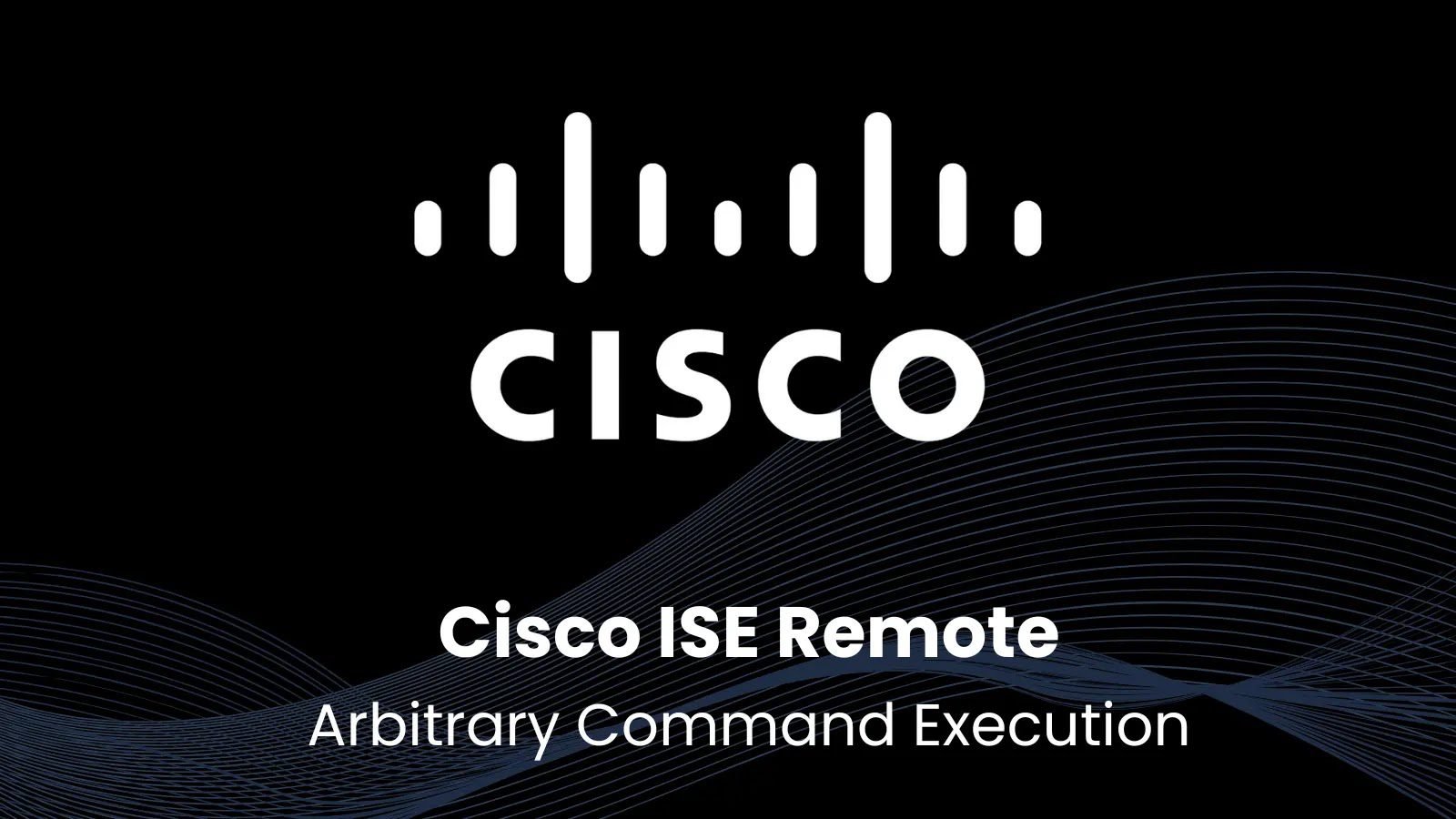What is IAM? How it Support Overall Cybersecurity Objectives for the Organization
IAM is also well known as Identity and Access Management whose purpose is to support the overall cybersecurity objectives for the organization. In this, they will identify the management objectives to ensure the confidentiality, and availability of the system and data.
This IAM also refers to the IT security discipline, managing digital identities and frameworks. This also provides the identities provision which gives access to resources, and it also performs specific actions
When you are overreaching the goal IAM makes sure that they have given the correct access to the right resources including database, application, and network. Everything goes well with proper context.
1.What are the IAM standards for organization?
IAM standards for enterprises include rules, technology, and controls to manage digital identities and access permissions for users. These criteria ensure that the right people receive the right resources at the right time for the right purpose.
Authentication, authorization, and auditing are essential. OAuth, OpenID Connect, SAML, and SCIM are IAM standards. Companies follow GDPR in Europe, HIPAA in the US, and other industry-specific standards to protect sensitive data and privacy.
IAM solutions improve user experience, productivity, and security while lowering operating expenses.
2. What are IAM types?
Identity and Access Management (IAM) can be categorized into several types, each focusing on specific aspects of security and user management.
The primary types include:Identity Governance and Administration (IGA), Access Management (AM), Privileged Access Management (PAM), Consumer Identity and Access Management (CIAM), Identity as a Service (IDaaS).
3. What is IAM features?
A wide variety of capabilities aimed at securely managing digital identities and access privileges across an organization’s systems and apps make up Identity and Access Management (IAM).
Important aspects consist of:Authentication, Authorization, User Lifecycle Management, Single Sign-On (SSO), Privileged Access Management (PAM), Identity Federation, Audit and Compliance Reporting, Directory Services Integration.
Fundamentals of IAM
IAM is one type of best foundational security component that will ensure that users will have access to the system, data, and applications in the system and those all are inaccessible to unauthorized users.
Here we can discuss IAM policies:
- They have set everything so that users can identify their roles and what is assigned to them.
- IAM has to protect everything like the system, information, and other things.
- It can provide you with the correct level of protection that will give access to sensitive data, information, systems, and locations.
- It also adds, removes, and amends the access rights of the IAM system.
Objectives of IAM:
This IAM’s objectives have to ensure the legitimate parties will have the right access to the right resources at the correct time to keep the unauthorized parties out of the system.
It only provides access to a few parties like contractors, employees, customers, vendors, etc. You even need the key to establish their identities so that they can access everything when it comes to the onboarding process.
As per the leading research studies, more than 90% of cyber-attacks are successful, they have stolen the information from those employees who unwittingly give off their system ID and access credentials while phishing attacks. Often where parties will have the granted system that time identity theft gets targeted and hackers gets the privileged access and gains the system’s control.
As per research, fooling users and stealing information is a very cost-effective task for hackers to gain system access. If you think about the business investment, then you must do this with a high-tech security system so that you can get the sophisticated information, At that time, if an existing user becomes a fool by the hackers and tries to steal the information, you will get all updates.
In this, identity and access management’s objective is to remove the access and start monitoring the activity to protect the system and data. IAM objectives go beyond cyber intrusion prevention, including regulatory compliance, fraud detection, and operating efficiency in lifecycle management.
If you think about fraud prevention, IAM is best to minimize fraud losses. Since crime has been committed the corrupt is the insider who had abused their access privileges. IAM helps to cover the tracks so that it can avoid detection. IAM is automated system monitoring that is based on predetermined criteria so that it can detect any fraudulent transaction.
It also ensures that the organization competes with various regulatory requirements for the identification and detection of suspicious activity and money laundering cases. The Organization has to qualify the IAM professionals so that they can implement the necessary process of any technology.
They also need to make them educated regarding high-privilege access to quickly identify if any threat comes. Employees must frequently be reminded of the cybersecurity risk, which is included with the violation of security policy and involves employment termination. Every employee must understand the risk and confidential data must be out only in a secure workspace to not go to the wrong recipients.
Benefits of Identity and Access Management System
Here we will discuss the wide range of organizational benefits. Those are below:
- Secure access: Whenever your business will become big, you will have more employees, customers, contractors, partners, etc. At that time, your company’s risk also will increase, and altogether, you will have greater efficiency and high productivity. At this time, IAM allows you to extend your business without compromising security.
- Reduce help desk requests: IAM sees the user needs and then puts for password reset and help disk will help them automate this. Users to get authentication need to verify their identification without bothering the system admin because they need to focus on other things in business, giving a greater advantage to the business.
- Reduce risk: You will get greater user control which means risk will be less for internal and external data breaches. This is vital where hackers can target the user credential as a key method and gain access to the corporate network and resources.
- Meeting compliance: A sound IAM system can help the business which helps meet its compliance needs and its increasingly stringent data with privacy.
IAM Implementation Guide:
- Consider business size and type: IAM is vital for business authentication and manages the identities to access users’ privileges in a different location. It also helps to compute the environment with multiple devices. IAM is very effective for all types of large, small, and medium-sized businesses. For large organizations also solutions are available and you can pick the tool that simplifies user access.
- Create an IAM Integration Strategy: It is a familiar story that includes risk, and it gets implemented with IAM and makes the move to the cloud. Employees have to work with the tools approved by the organization, also known as Shadow IT. IAM will put time and effort into establishing a comprehensive identity management strategy.
- Find the right IAM solution: There are a few critical components of IAM where you can prevent your business from going down, those are below:
- Access management products, which manage the user’s identity and enable a few tools like network, web resources, cloud, etc.
- The authentication process, which includes multi-factor and risk, and it helps to verify the identity.
- Password tokens are extra security where password gets us.
As a businessman, you need to discover all the IAM products that will secure your business identity and access management.






